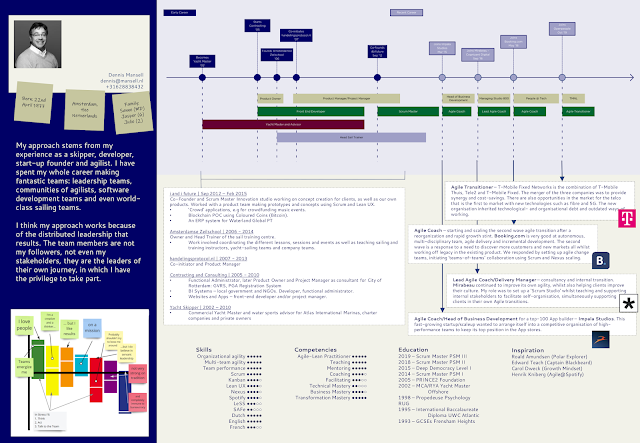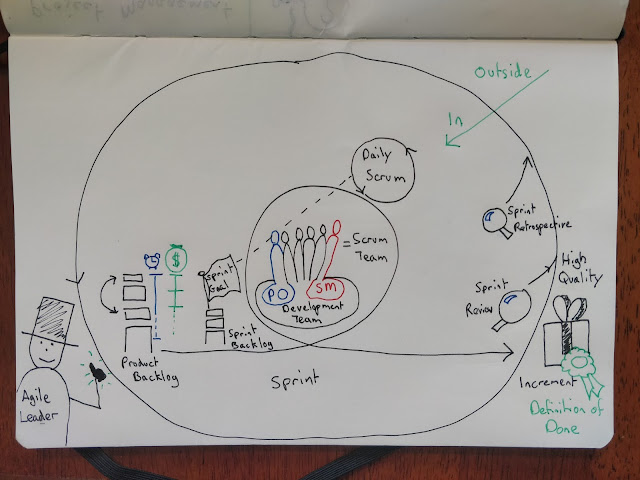Agile is dead - Zombies vs Robots

Agile (a.k.a. the agile industrial complex) is dead (or dying, or undead... read on). Of course Agile has been declared dead many times, but now we can see that there are fewer visitors to Agile conferences, fewer people looking to get certified as something Agile, fewer people are calling themselves Agile Coach. Dying The Agile conferences have talks about how very large companies do Agile, which tools they use to collaborate or how non-IT departments do Agile, topics that were also there ten years ago. Agile conferences have yet to adapt to topics like decentralized enterprises, fluid teams, remote-only organizations, AI helpers and commons governance. The certification crisis seems to follow a similar pattern: was this ever a good measure? Those courses were meant for setting off down a path that makes you better at discovering and uncovering effective ways of working - perhaps we're running out of people who have yet to start, whilst not offering enough to th





